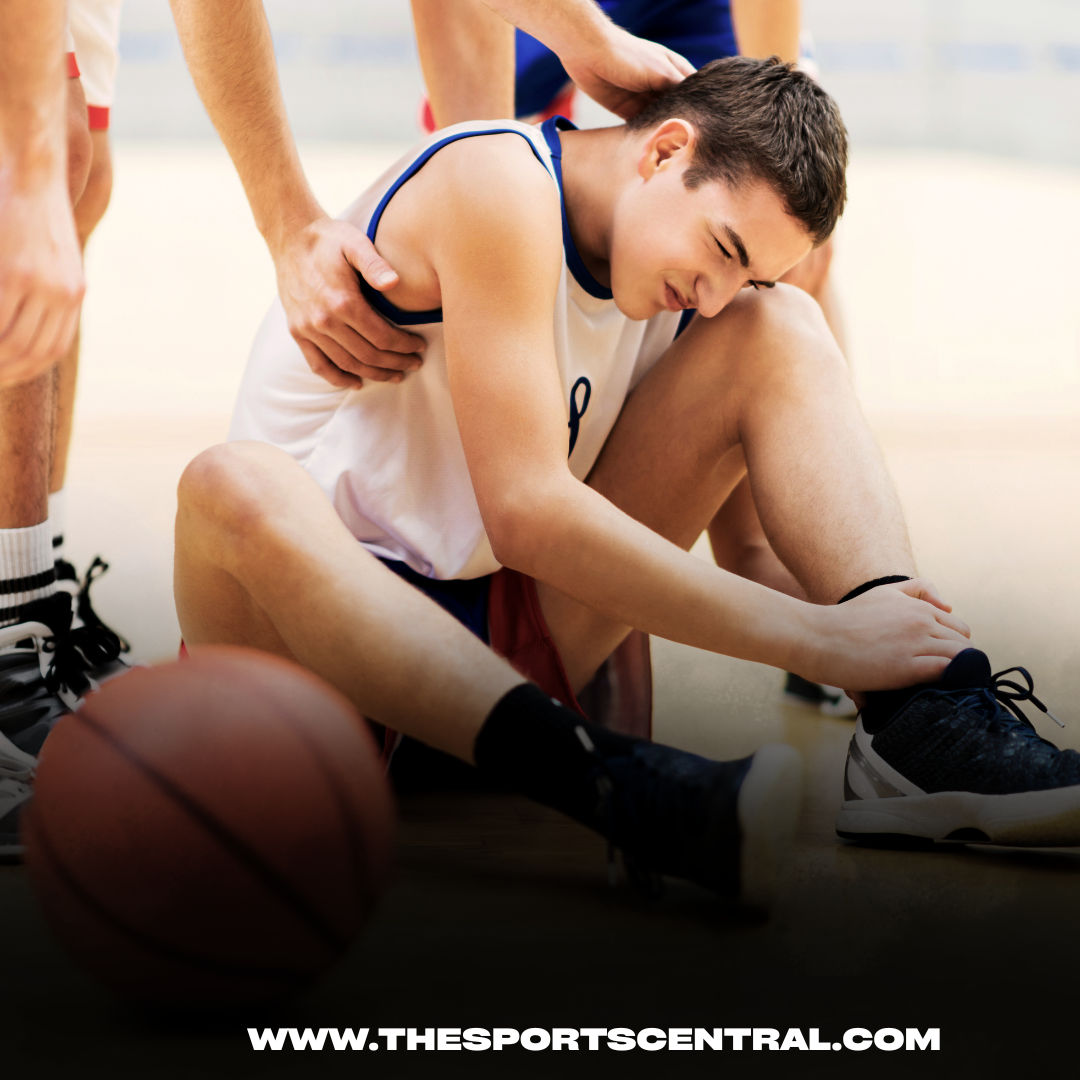Sports injuries often disrupt progress, hinder performance, and impact the physical and mental well-being of athletes. Whether the injury occurs on the field, in the gym, or during recreational activity, effective prevention and recovery strategies can make a significant difference in maintaining long-term health and performance. This article explores the most common causes of sports injuries, outlines methods to prevent them, and provides structured recovery protocols.
1. Common Causes of Sports Injuries
Athletes frequently suffer injuries due to overuse, improper technique, inadequate warm-up, or sudden impact. Common injury types include:
- Sprains (ligament injuries)
- Strains (muscle or tendon injuries)
- Fractures (broken bones)
- Dislocations (joint separation)
- Tendinitis (inflammation of tendons)
- Shin splints, ACL tears, and rotator cuff injuries
These injuries often result from pushing the body beyond its limits, using poor form, or skipping essential preparation routines.
2. How to Prevent Sports Injuries
A. Warm-Up and Cool Down
Athletes should never skip warm-up sessions. Warming up increases blood flow to muscles, raises body temperature, and improves flexibility. Light cardio (like jogging or jumping jacks) combined with dynamic stretching (such as leg swings or arm circles) prepares the body for activity. After exercise, a proper cool-down with static stretches aids in muscle recovery and reduces stiffness.
B. Maintain Proper Technique
Coaches and trainers must teach correct form and movement patterns. Whether lifting weights, sprinting, or swinging a bat, athletes should follow biomechanically sound techniques to prevent unnecessary strain.
C. Use Appropriate Gear
Wearing the right protective gear—such as helmets, knee pads, shin guards, or supportive footwear—can prevent impact injuries. Athletes should also replace worn-out shoes or equipment regularly.
D. Avoid Overtraining
Training excessively without adequate rest often leads to fatigue and injury. Athletes should follow structured routines that include rest days, varied intensity levels, and cross-training to reduce repetitive stress on muscles and joints.
E. Stay Hydrated and Nourished
Proper hydration and nutrition support muscle function, joint lubrication, and tissue repair. Dehydration increases the risk of cramps, fatigue, and impaired coordination, which can all lead to injury.
F. Listen to the Body
Ignoring pain or discomfort can worsen an injury. Athletes must recognize early warning signs like persistent soreness, swelling, or reduced range of motion and address them promptly.
3. Immediate Steps After Injury
When an injury occurs, early action can reduce severity and accelerate healing. Follow the RICE protocol within the first 24 to 48 hours:
- Rest: Stop using the injured area to prevent further damage.
- Ice: Apply ice packs to reduce swelling and numb pain (15–20 minutes per session).
- Compression: Wrap the area with an elastic bandage to control inflammation.
- Elevation: Keep the injured area elevated above heart level to minimize swelling.
Athletes should avoid heat, massage, or alcohol during the initial injury phase, as these can increase inflammation.
4. Medical Evaluation and Diagnosis
If pain persists, swelling increases, or mobility becomes limited, medical professionals must assess the injury. Doctors use physical exams, X-rays, MRIs, or ultrasound imaging to determine the extent of the damage. Accurate diagnosis allows sports physicians to create a tailored treatment plan.
5. Recovery and Rehabilitation Strategies
A. Follow a Structured Rehab Plan
Rehabilitation starts with gentle movements and progresses to strengthening exercises. Physiotherapists design programs that include:
- Range of motion exercises
- Strength training
- Balance and proprioception drills
- Sport-specific training
Athletes must follow every stage without rushing the process. Skipping steps can lead to reinjury.
B. Incorporate Physical Therapy
Certified physiotherapists guide recovery with techniques like:
- Manual therapy (joint mobilization and soft tissue massage)
- Electrical stimulation
- Ultrasound therapy
- Dry needling
- Taping and bracing
These interventions help reduce pain, restore mobility, and promote healing.
C. Use Anti-inflammatory Medications Carefully
Doctors may prescribe NSAIDs (non-steroidal anti-inflammatory drugs) like ibuprofen to manage swelling and discomfort. However, prolonged use without supervision can cause side effects or delay healing.
D. Practice Active Recovery
Low-impact activities like walking, swimming, or cycling improve circulation and prevent deconditioning during recovery. Active recovery also boosts mood and maintains motivation.
6. Mental Recovery and Emotional Resilience
Injuries affect more than just the body. Athletes often experience frustration, anxiety, or depression when sidelined. To cope effectively:
- Engage in mindfulness practices and breathing techniques
- Set realistic recovery goals and track progress
- Stay involved with the team in a non-physical role
- Seek professional counseling or mental health support when needed
Maintaining a positive mindset enhances healing and prepares athletes for a confident return to competition.
7. Return-to-Sport Guidelines
Returning too early increases the risk of reinjury. Athletes should only resume full activity after meeting all of the following criteria:
- No pain or swelling
- Full range of motion
- Restored strength and balance
- Medical clearance from a healthcare provider
- Completion of sport-specific drills without discomfort
Gradual reintegration through practice sessions ensures the athlete’s body adapts safely.
8. Long-Term Injury Prevention
Post-recovery, athletes must adopt strategies that reinforce durability:
- Include regular strength and flexibility training
- Monitor workload and recovery balance
- Address muscular imbalances or faulty mechanics through assessments
- Stay consistent with nutrition and hydration
- Schedule periodic screenings with sports medicine professionals
Consistency in these areas reduces the likelihood of repeat injuries and enhances performance longevity.
9. Role of Coaches, Parents, and Support Teams
Support systems play a critical role in injury prevention and recovery. Coaches must create safe training environments and emphasize injury education. Parents should ensure young athletes receive proper care and avoid overcommitment. Athletic trainers and physiotherapists must collaborate with other stakeholders to provide holistic care.
Conclusion
Sports injuries may seem inevitable, but strategic preparation and disciplined recovery practices can significantly reduce their impact. By understanding risk factors, implementing preventive routines, and embracing evidence-based rehabilitation methods, athletes can return to action stronger and more resilient. Sports professionals, trainers, and athletes must all work together to create a culture of safety, performance, and well-being—both on and off the field.










